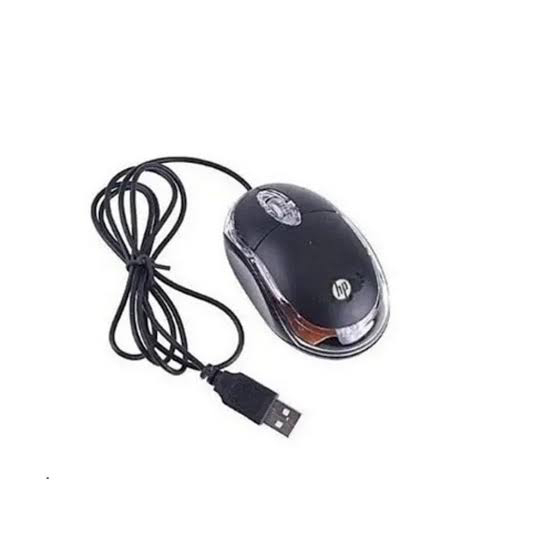It is a device that converts acoustic vibrations into electrical signals.
Various types of microphones are used to record sound. The most sophisticated ones use microchips and additional power supplies.
Dynamic microphone
Dynamic microphone
1 – Sound waves
2 – Diaphragm
3 – Output signal
4 – Permanent magnet
5 – Induction coil
These microphones are used for performing on stage or recording vocals. They have lower sensitivity and volume but can manage high acoustic pressure.
Condenser microphone
1 – Sound waves
2 – Membrane and electrode
3 – Signal
4 – Resistance
5 – Capacitor
This microphone amplifies sound using a thin diaphragm made of conductive material. The membrane is positioned parallel to the metal plate, with which it forms a capacitor coil.
As the membrane vibrates, the capacitance of the condenser changes, generating electrical pulses that are transmitted to the sound recorder.
These microphones are highly sensitive and capture ambient sounds perfectly. They are used in recording studios.
Computer microphone
For conversations or recording podcasts

For regular conversations, any budget microphone is suitable. For business conversations at work, a unidirectional condenser microphone is suitable. This microphone allows the user to retain the vocal dynamics and natural sound.
For this purpose, a pop-filter, which stops strong gusts of air when making loud sounds, is useful.
For computer games

For gaming, headphones with a condenser microphone and noise-canceling function are ideal.






































